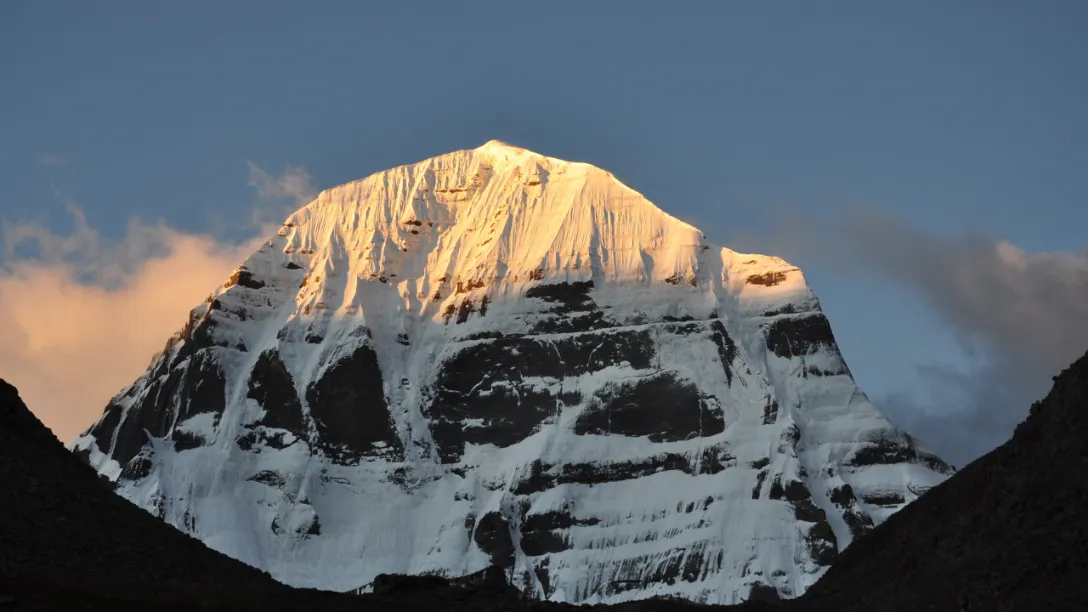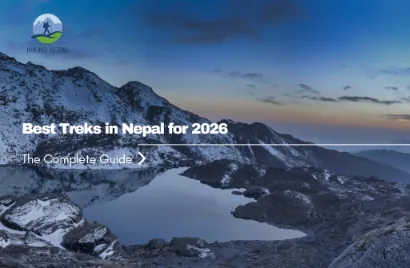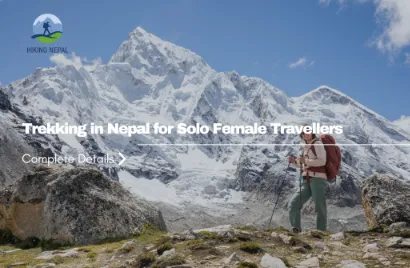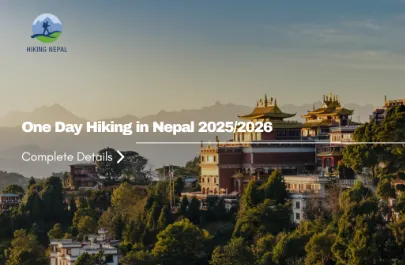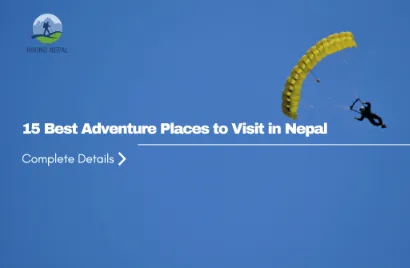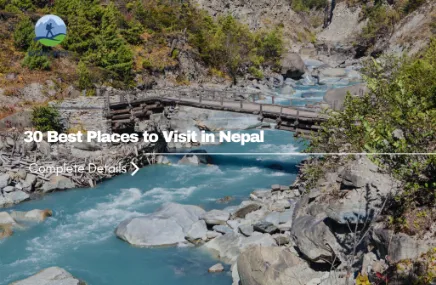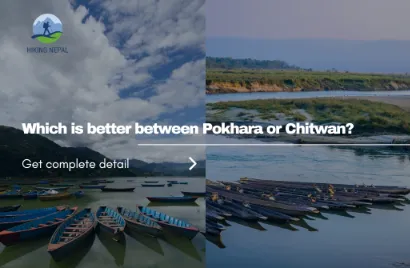After a five-year-long pause, Mount Kailash and Lake Mansarovar—two of the most sacred sites for Hindus, Buddhists, and Jains are finally accessible to Indian citizens once again. The Chinese government has officially reopened the route to Indian pilgrims starting from mid-June 2025, and travellers can now undertake this spiritually transformative journey via Nepal.
For Indian devotees dreaming of setting foot near the abode of Lord Shiva and bathing in the holy waters of Mansarovar Lake, 2025 is your year.
Why Kailash Matters: A Sacred Pilgrimage Reopens
The Kailash Mansarovar Yatra is not just a trek, it's a sacred experience that pilgrims believe cleanses lifetimes of karma. Mount Kailash, revered as the axis of the universe, is the spiritual heart for Hindus, Buddhists, Jains, and Bon practitioners. The ritual of parikrama (circumambulation) around Mount Kailash and bathing in Lake Mansarovar is believed to purify sins and bring spiritual liberation (moksha).
This reopening marks a significant moment for Indian spiritual travellers, as the last few years saw repeated cancellations and restrictions due to the pandemic and diplomatic issues.
Route for Indian Pilgrims: Access Through Nepal
Indian citizens can now join the Kailash Mansarovar Yatra through Nepal-based travel agencies. The most common and efficient route involves flying or driving to Kathmandu, completing visa formalities, and then crossing into Tibet via the Rasuwagadhi-Kerung border or Simikot/Hilsa route, depending on the itinerary.
Nepal has long served as a gateway for international and Indian pilgrims alike, with local agencies offering comprehensive trekking and pilgrimage packages that include visa assistance, permits, transportation, guides, meals, and accommodations.
Required Permits & Documentation for Indian Pilgrims
Here are the updated travel requirements for Indian nationals joining the Yatra via Nepal:
✅ Required Documents:
- Valid Indian passport (no Aadhaar or voter ID)
- Chinese Visa (to be issued via the Embassy of China in New Delhi)
- Tibet Travel Permit (arranged by Nepali operator)
- Restricted Area Permit (for regions like Simikot or Hilsa in Nepal)
✅ Important Reminders:
- A Chinese Visa must be obtained in Delhi, not Kathmandu.
- We strongly recommend purchasing complete travel insurance that covers high-altitude trekking, medical evacuation, and extended delays.
- Mobile networks do not function beyond Simikot or Kerung. Using an international SIM or messenger apps over Wi-Fi is recommended.
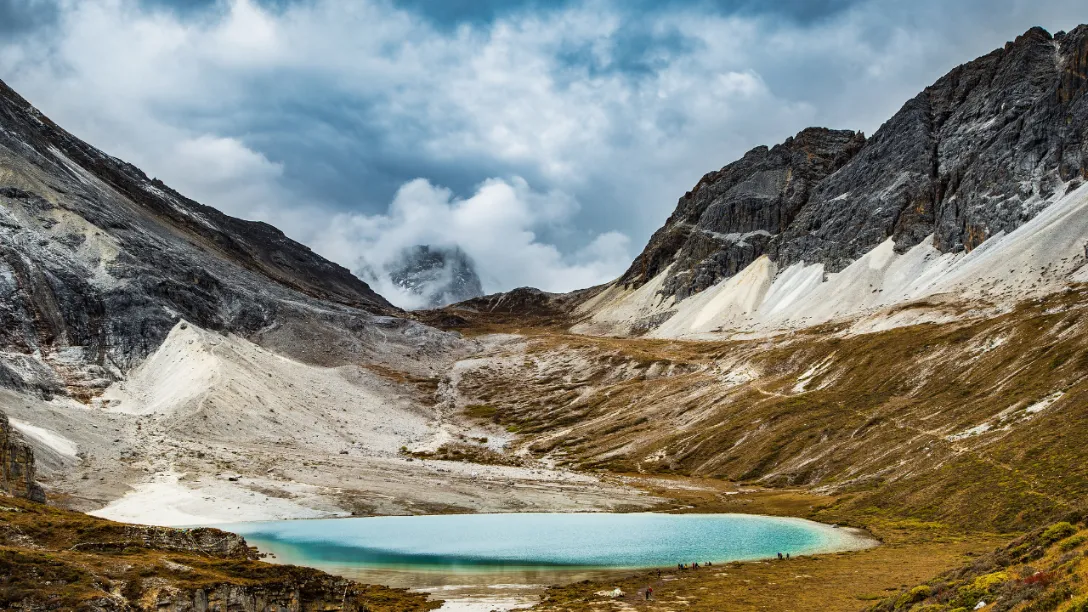
Kailash Mansarovar Yatra Itinerary (via Rasuwagadhi/Kerung Route)
Day 1: Arrival in Kathmandu
Arrive in Nepal, collect your passport, and receive a hotel transfer and tour briefing.
Days 2–4: Tibetan Visa Processing in Kathmandu
Enjoy local sightseeing (Pashupatinath, Swayambhunath) while waiting for your Chinese visa. Overnight in Kathmandu.
Day 5: Receive Chinese Visa
Attend group meeting with guides. Final visa distribution and preparation.
Day 6: Drive to Rasuwagadhi Border – Cross into Tibet
Enter Tibet, meet a Tibetan guide, and drive to Kerung (2,700m).
Day 7: Acclimatisation Day in Kerung
Rest day with optional short hike.
Day 8: Drive to Saga (4,450m)
Pass through stunning landscapes along the Brahmaputra River.
Day 9: Drive to Lake Mansarovar (4,580m)
Reach the sacred lake, spend time meditating or taking holy dips.
Day 10: Lake Exploration + Drive to Darchen (4,575m)
Option to visit Chiu Monastery, prepare for Kailash Parikrama.
Kailash Parikrama (3 Days)
Day 11: Start Parikrama – Darchen to Derapuk (5,050m)
7–8 hour trek. First majestic views of Mount Kailash's north face.
Day 12: Derapuk to Zuthulpuk via Dolma La Pass (5,645m)
Hardest day. Cross a high mountain pass with spiritual significance.
Day 13: Zuthulpuk to Darchen – Drive to Saga
Complete the Parikrama. Return journey begins.
Day 14: Saga to Kerung
Overnight at the border town.
Day 15: Return to Kathmandu
Cross back into Nepal. Farewell dinner or optional sightseeing.
Day 16: Final Departure
Transfer to the airport or continue exploring Nepal.
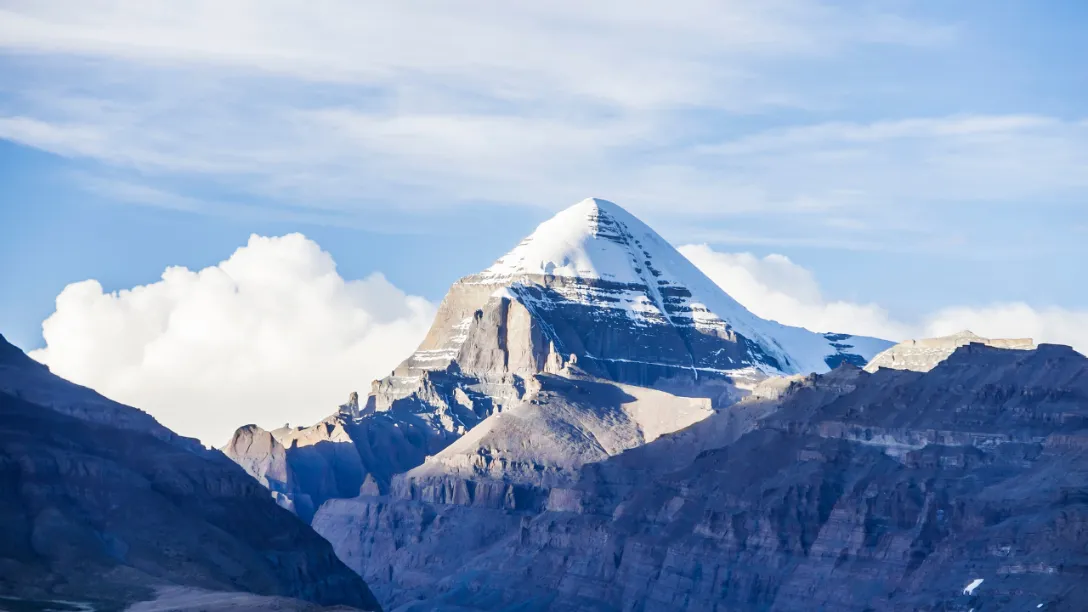
Dos and Don'ts for Indian Pilgrims
✅ DOs:
- Undergo a full medical checkup before your trip.
- Bring your own medication, including high-altitude sickness tablets.
- Take a pause for acclimatisation to avoid health risks.
- Carry adequate cash, as ATMs are not available in border zones.
- Use international SIM cards with roaming activated.
❌ DON'Ts:
- Avoid travelling during full moon dates (overcrowding, delays).
- Don't attempt Mount Kailash Parikrama if you're not physically fit.
- Avoid travelling during heavy monsoon periods (landslides, delays).
Recommended for June–August: Spiritual Travel Options
If you're planning a monsoon pilgrimage, consider adding:
- Pashupatinath Darshan in Kathmandu
- Muktinath Temple Yatra in Mustang (via Jomsom)
- Lumbini – Birthplace of Lord Buddha
- Janakpur – Sacred to Hindus and the birthplace of Sita
These spiritual sites in Nepal complement the Kailash experience beautifully, making your journey even more meaningful.
What's Included in Hiking Nepal Packages:
- Hotel accommodations in Kathmandu
- Private vehicle transport to the border and back
- Full support crew in Nepal and Tibet
- Tibetan travel permits and Chinese visa assistance
- Accommodations and meals throughout the Yatra
- Medical oxygen bottles and first aid
- English-speaking Tibetan and Nepali guides
What's Not Included:
- International airfare to Kathmandu
- Chinese visa fee
- Personal expenses and travel insurance
- Tips for guides and porters
- Extra nights due to weather or delays
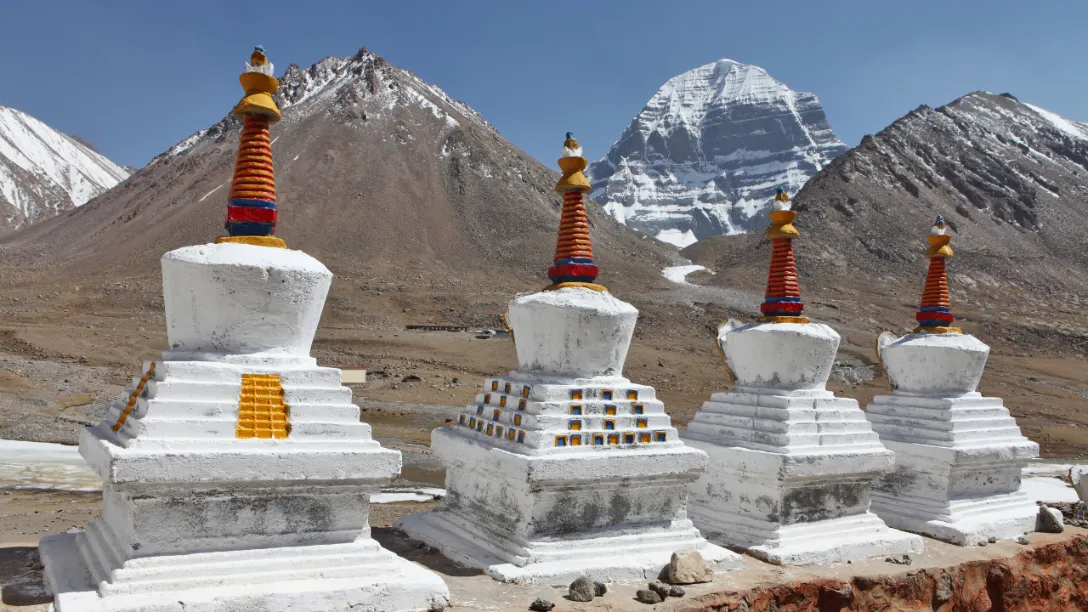
Frequently Asked Questions
Q1. Is the Kailash Mansarovar Yatra open for Indian citizens in 2025?
Yes, it reopens from mid-June 2025. Indian pilgrims can now travel via Nepal with a valid Chinese visa.
Q2. Can I travel solo?
Solo travel is not allowed. Pilgrims must join a registered group with permits arranged through a Nepali tour operator.
Q3. How difficult is the trek around Mount Kailash?
The Kailash Parikrama is moderately difficult, with high-altitude trekking and cold temperatures. It requires good physical fitness and prior experience with trekking.
Q4. What is the best time to go?
June to September is the prime window for this Yatra. Avoid full moon days to prevent overcrowding.
Q5. Can I combine this Yatra with other religious sites in Nepal?
Yes! You can easily visit Pashupatinath, Muktinath, Lumbini, and Janakpur before or after the Yatra.
